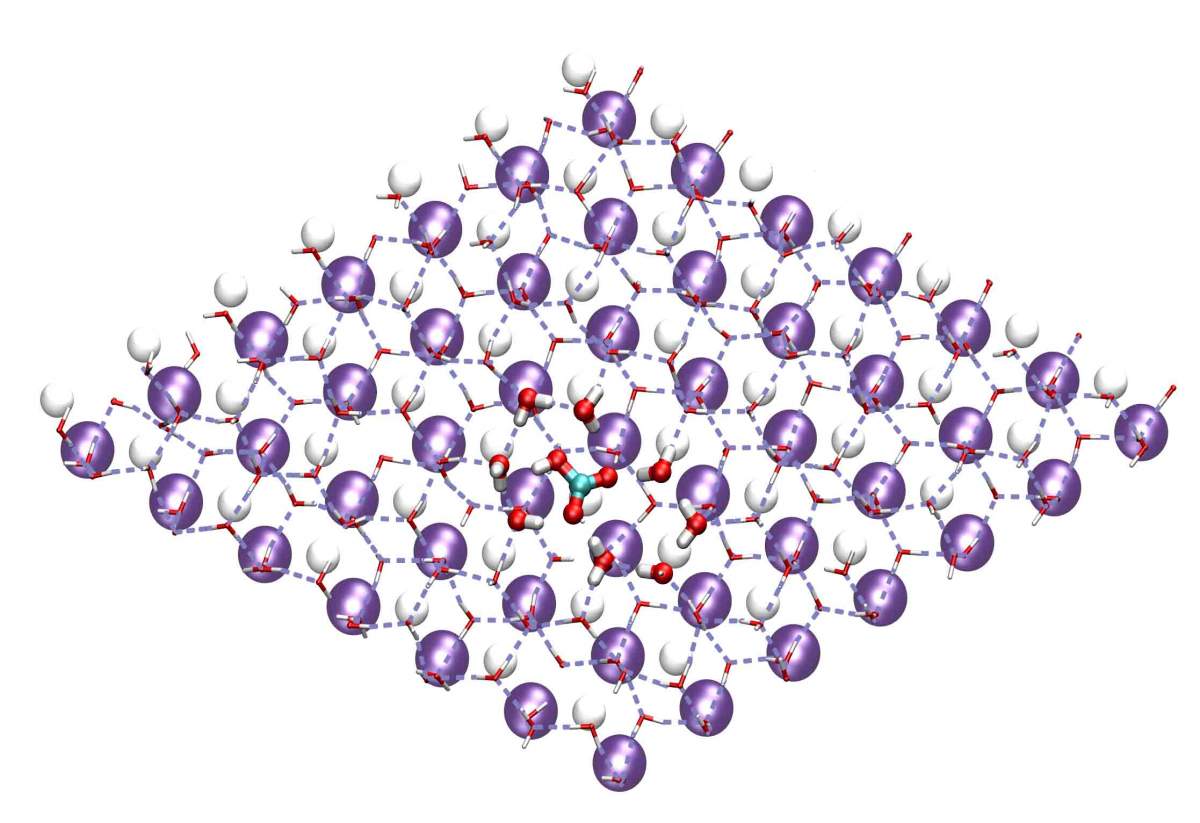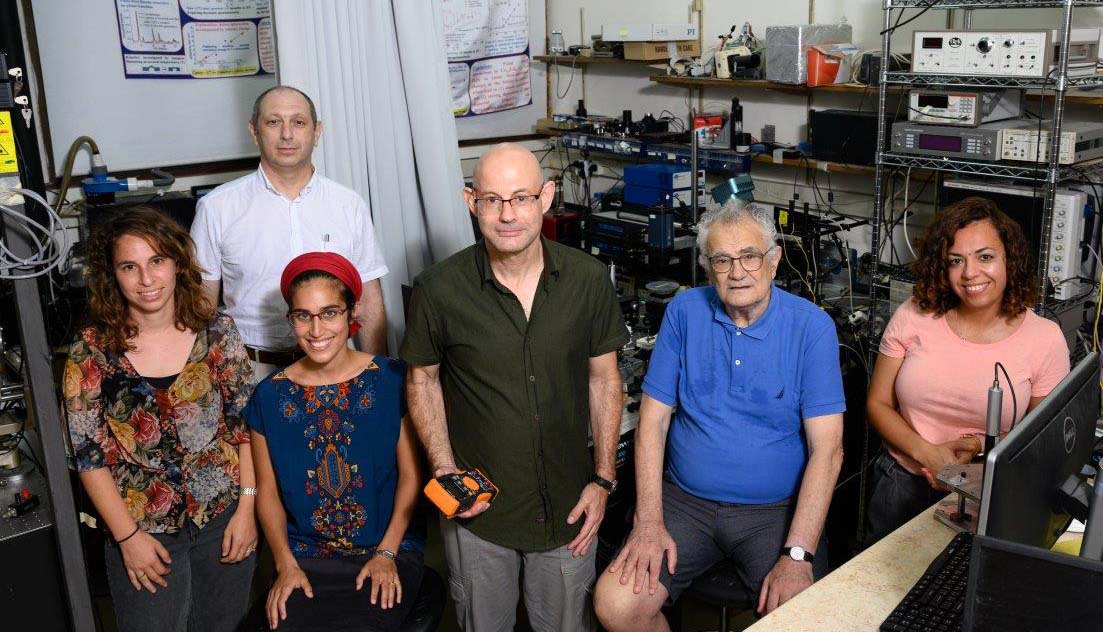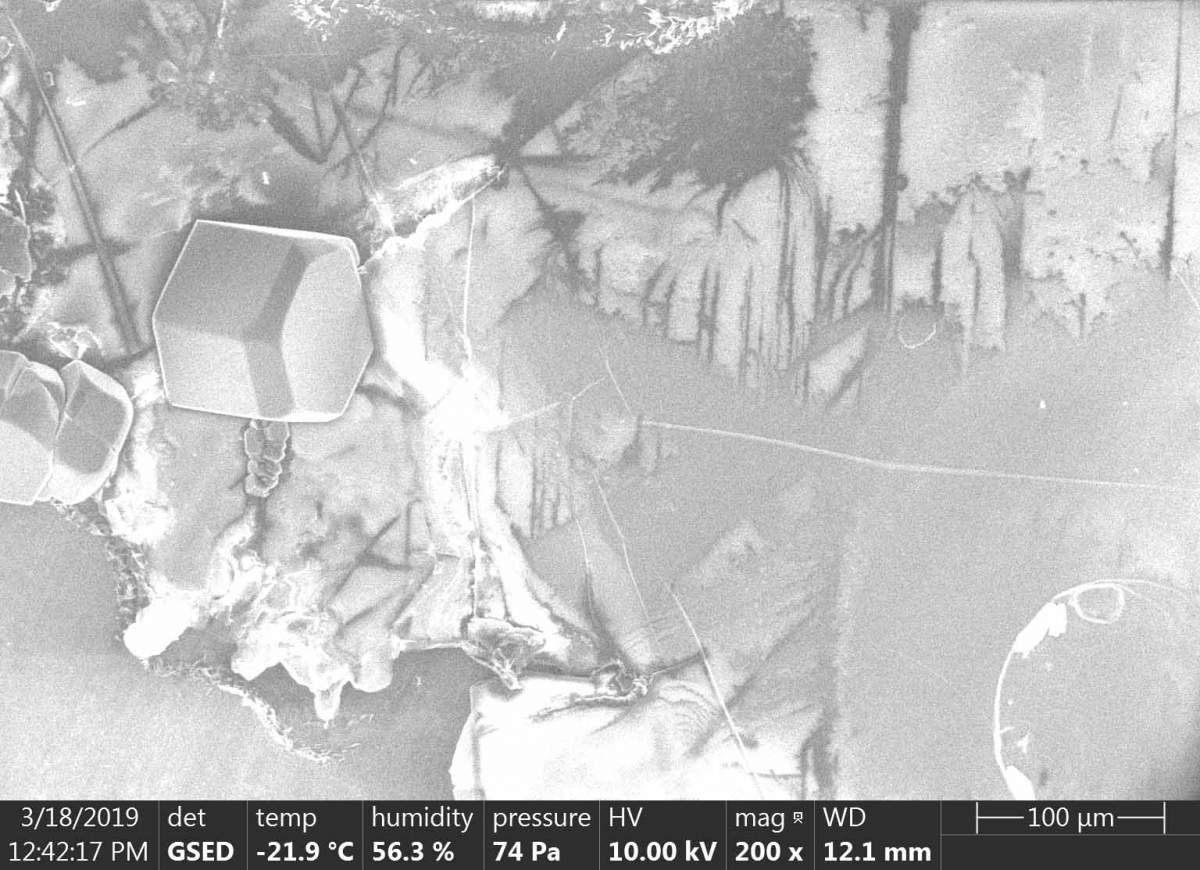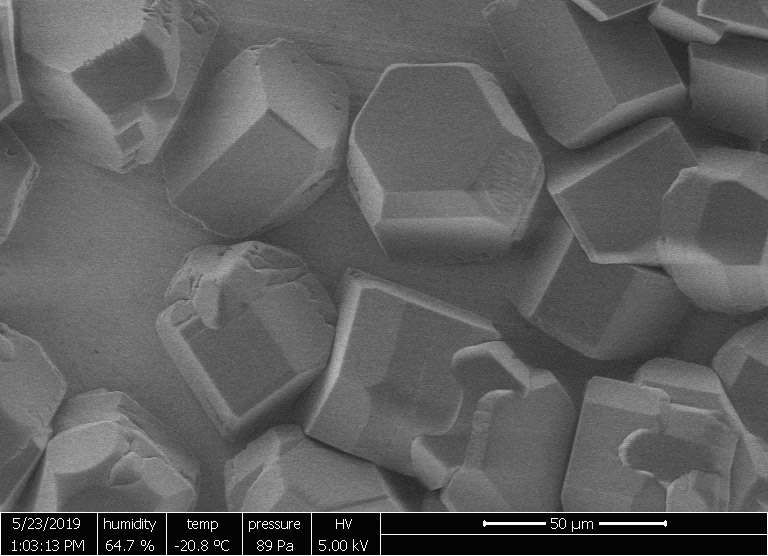Are you a journalist? Please sign up here for our press releases
Subscribe to our monthly newsletter:

One of the first science lessons children learn in school is that water turns to ice at zero degrees Celsius. Reality is much more complex. Ice does mostly melt at this temperature; water, on the other hand, can stay liquid at temperatures as low as - 400 C. Complicating matters even further, as physicist Louis Dufour discovered in 1861, such “supercooled” water can freeze instantly if it’s exposed to an electric current.
Researchers at the Weizmann Institute of Science have now performed a series of experiments that enabled them to explain how this phenomenon, known as electrofreezing, comes about. In addition to answering a fundamental question that was shrouded in mystery for more than a century and a half, their findings may provide insight into significant practical issues: preventing or controlling ice formation in such processes as freezing food, preserving organs for transplant, keeping airplane wings ice-free and seeding clouds to enhance rainfall.
Ice formation generally begins with tiny crystals that serve as nuclei around which the ice crystals form. In earlier research, Weizmann scientists had shown that polar crystals – which are pyroelectric, that is, the surfaces at the two poles of such crystals become electrically charged with changes in temperature – nucleate ice at higher temperatures than non-polar ones. Two decades later, Weizmann researchers had shown that positive and negative electric charges affected the freezing temperature differently.

In the new study, a research team headed by Prof. Igor Lubomirsky, Prof. Meir Lahav and Dr. David Ehre of the Materials and Interfaces Department asked whether electro-freezing is triggered by the electric charge itself or by the geometric properties of the charged crystals. The experiments, led by Dr. Sofia Curland, then a doctoral student, and master’s student Leah Javitt, focused on polar, pyroelectric crystals. They were performed on a unique installation that made it possible to alter the surface charge of the crystals without affecting the crystals’ other properties.
Foreign ions should reduce the temperature at which water turns to ice. Carbon dioxide did just the opposite
When the scientists cooled the crystals, they discovered an intriguing connection between freezing temperature, polarization and the acidity of the water that condensed on the crystal surface. On the polar crystals, the freezing point of the water was 3 - 50 C higher at high acidity levels compared with low ones; while on the non-polar crystals, the freezing temperature was constant at all acidity levels. Why did the polar, pyroelectric crystals behave so differently from the non-polar ones?
The scientists discovered that in the course of the cooling, a thin, continuous layer of water formed on the hydrophilic, or “water-loving” pyroelectric crystal surfaces, and an electric current started flowing through this layer. This turned out to be a current of ions created by the absorption of atmospheric carbon dioxide, which is known to enhance water’s acidity. So the connection between freezing and electricity proved to be chemical; and the higher freezing point was recorded at high acidity levels because these levels spelled greater amounts of carbon dioxide and, consequently, a stronger ion current. When the scientists repeated the same experiments with hydrophobic, or “water-hating,” crystals, so that no continuous water layer formed on their surface, the freezing temperature indeed remained constant at all acidity levels.
The findings were puzzling on many fronts. First of all, at least according to chemistry textbooks, diluting water with foreign ions should reduce the temperature at which it turns to ice, yet the absorption of carbon dioxide in the experiments did just the opposite. Moreover, ice formation is supposed to be triggered by crystal clusters with a geometric structure similar to that of ice, and it was unclear how this could be affected by carbon dioxide.

To address these questions, the Weizmann scientists teamed up with Prof. Daniel Harries and Dr. Christoph Allolio of the Hebrew University of Jerusalem. In an additional series of experiments, followed by computerized simulations, they found that in the thin water layer on the electrically charged surface, carbon dioxide molecules turn into ions of bicarbonate, a derivative of carbonic acid. And these ions, in turn, self-assemble with water molecules into relatively sturdy clusters resembling ice hexagons, which then serve as nuclei for ice formation. The researchers then discovered that there are two classes of ions, which differ by geometrical structure: Those with a trigonal (symmetrical in three directions in a given plane) structure, similar to bicarbonate, raise the icing temperature, whereas those without this structure lower this temperature.
These findings – published in two papers in a special issue of Angewandte Chemie – suggest that the rise of carbon dioxide in the atmosphere may affect climate in surprising ways. Rainfall begins with ice crystals formed around electrically-charged dust particles. Since these are likely to interact with carbon dioxide, rising concentrations of this greenhouse gas may lead to the enhancement of rainfall – a phenomenon that may call for adjusting climate models accordingly.

The study’s findings may also prove relevant in a variety of applications involving water freezing. For example, they have already added to our understanding of how silver iodide crystals, used in cloud seeding, enhance rainfall: Not only do these crystals have a geometric structure similar to ice, but their surface, by virtue of being pyroelectric, attracts carbon dioxide – and this raises the temperature at which ice forms in the clouds. The findings may also help discover pyroelectric materials for cloud seeding that would be more environmentally friendly than silver iodide.
Study participants included Dr. Isabelle Weissbuch and Shiri Dishon of Weizmann’s Materials and Interfaces Department.